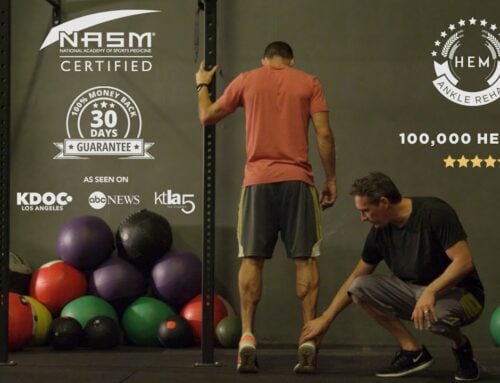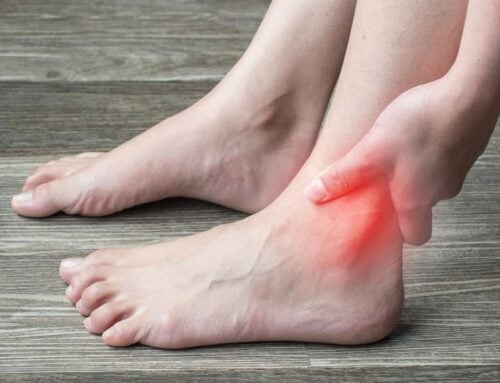
When it comes to treating a sprained ankle, the advice to “rest and ice” is almost universal. For decades, this method has been the go-to recommendation for athletes, fitness enthusiasts, and anyone unfortunate enough to suffer an ankle injury. But what if I told you that this popular healing method doesn’t actually work the way we think it does? In fact, recent research shows that ice, while effective for short-term pain relief, can actually hinder the body’s natural healing process and delay recovery.
In this article, I’m diving deep into the science behind why icing a sprained ankle may not be the best approach and why pure rest alone won’t get you back on your feet faster. I’ll explain the body’s incredible healing system, what ice really does to an injury, and what you should do instead to optimize your recovery. This is based on years of experience and research in rehabilitation, and I’m confident it will change how you think about healing injuries.
The Origins of Ice as a Healing Method
Ice as a treatment for injuries is not a new concept. It actually originated in the 1960s as a practical solution for athletes who were injured on the field. Trainers needed something cheap, fast, and easy to apply right at the sidelines. Ice fit these criteria perfectly. It was simple, readily available, and provided immediate relief.
What ice does exceptionally well is short-term pain relief. When you apply ice to an injured area, it hinders and even stops the communication between nerves and muscles. This is why you feel numbness when you ice a body part. The numbing effect dulls the pain, which is why icing became synonymous with injury care.
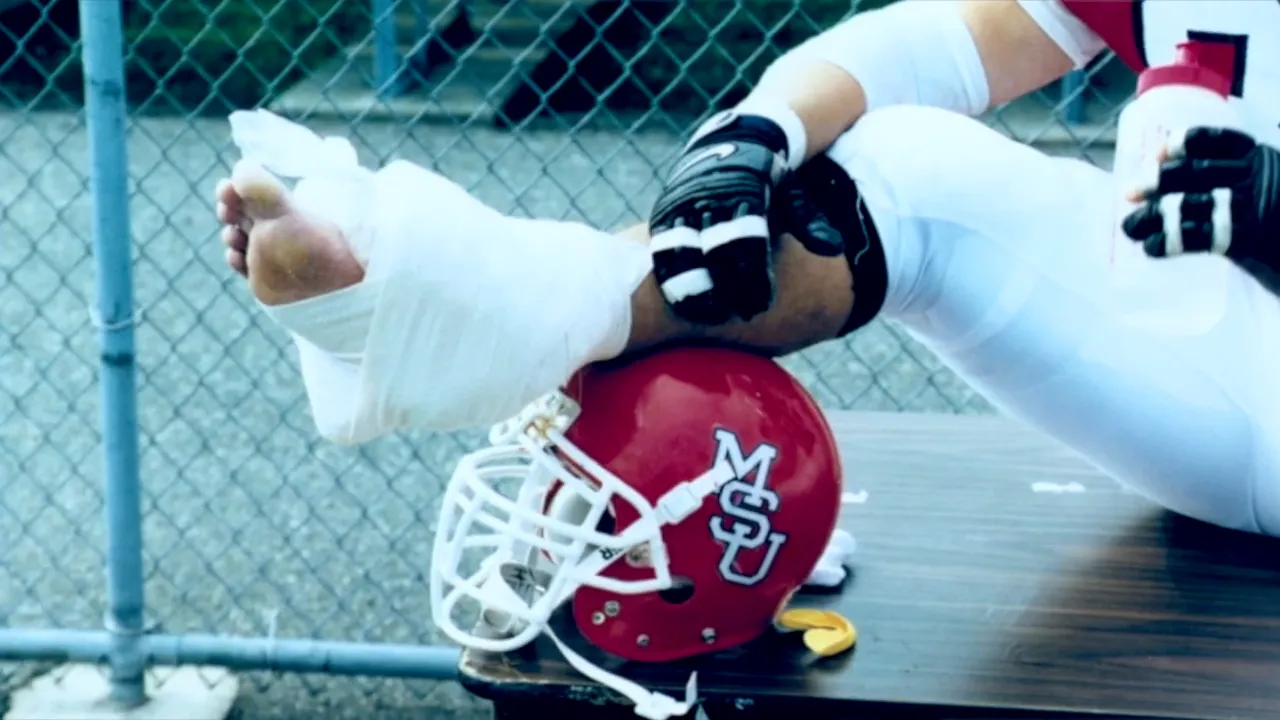
However, somewhere along the way, a leap of logic occurred. Because ice works so well at reducing pain, many assumed it must also promote healing. Unfortunately, this assumption is not backed by clinical evidence. In fact, there is no clinical data to support that icing helps heal injuries faster. On the contrary, research suggests that icing might actually be harmful to the healing process.
Understanding the Body’s Healing Process
To truly grasp why icing a sprained ankle might be counterproductive, it’s crucial to understand how the body heals itself after an injury. The human body’s healing strategy is nothing short of brilliant, having evolved over millions of years. Healing occurs in three distinct phases:
- The Inflammatory Response
- The Repair Phase
- The Remodeling Phase
Each phase is vital and builds upon the previous one. Interrupting or interfering with any phase can prolong recovery or lead to incomplete healing.
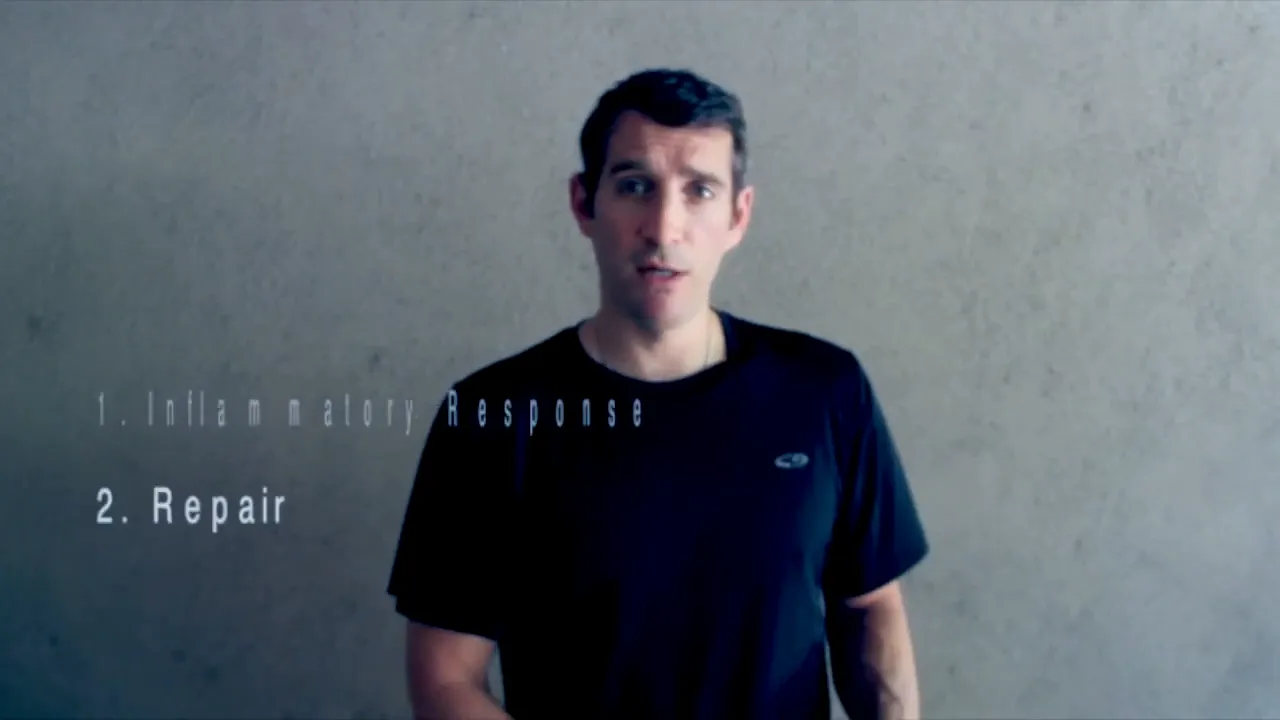
The Inflammatory Response: The Necessary First Step
Right after you sprain your ankle, you’ll notice swelling. That visible swelling is just the surface manifestation of a complex immune response happening inside your body. The immune system goes into overdrive, sending waves of special immune cells called macrophages to the injured site.
The word “macrophage” means “big eater” in Greek, and these cells literally gobble up debris, damaged tissue, and dead cells. This cleanup is essential because before your body can repair and rebuild, it needs to clear out the damaged material.
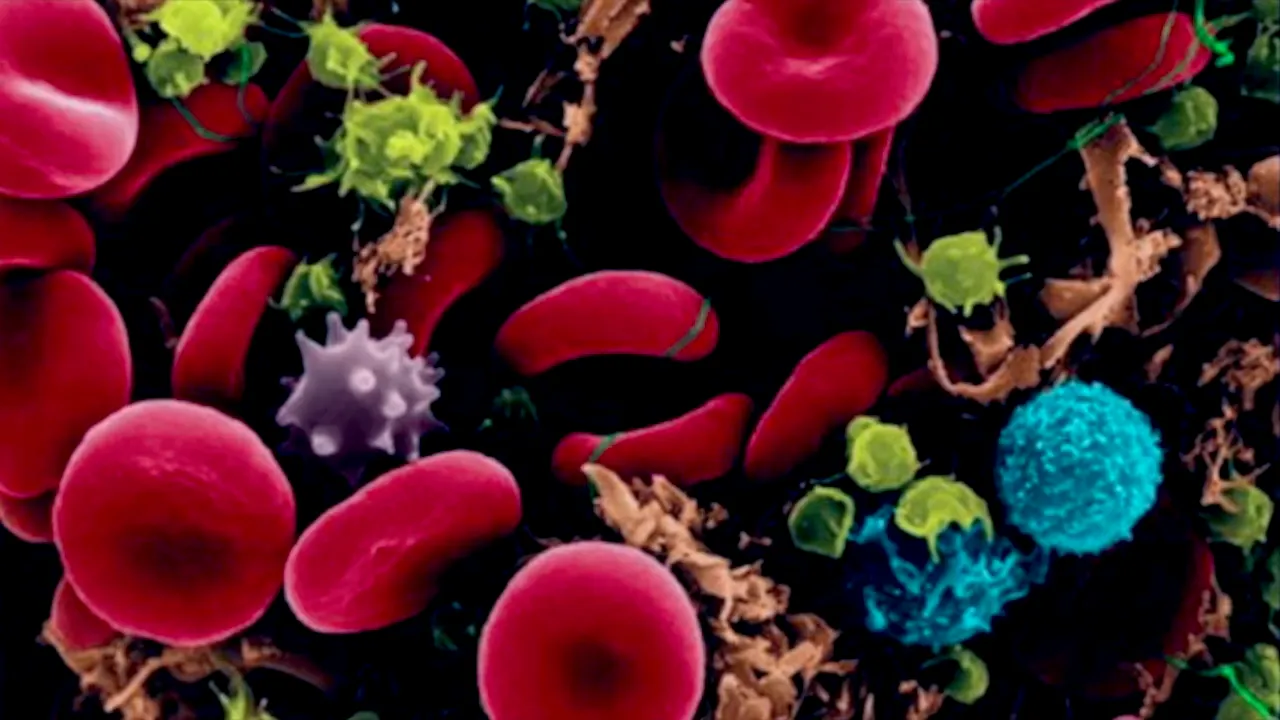
The first wave of macrophages arrives within the first 48 hours after injury, focusing solely on this debris removal. The second wave comes in later to aid in muscle regeneration and repair. It’s critical to have a robust influx of macrophages during these early stages to set the stage for effective healing.
How Ice Interrupts the Healing Process
Here’s where icing a sprained ankle becomes problematic. Ice restricts blood flow and reduces inflammation by constricting blood vessels. While this might sound beneficial, it actually slows down or even blocks the arrival of macrophages to the injury site. In other words, ice hampers the body’s natural cleanup crew from doing its job.
Without a proper inflammatory response, the subsequent phases of repair and remodeling can’t proceed efficiently. This means the injury lingers longer, and the quality of healing may be compromised.
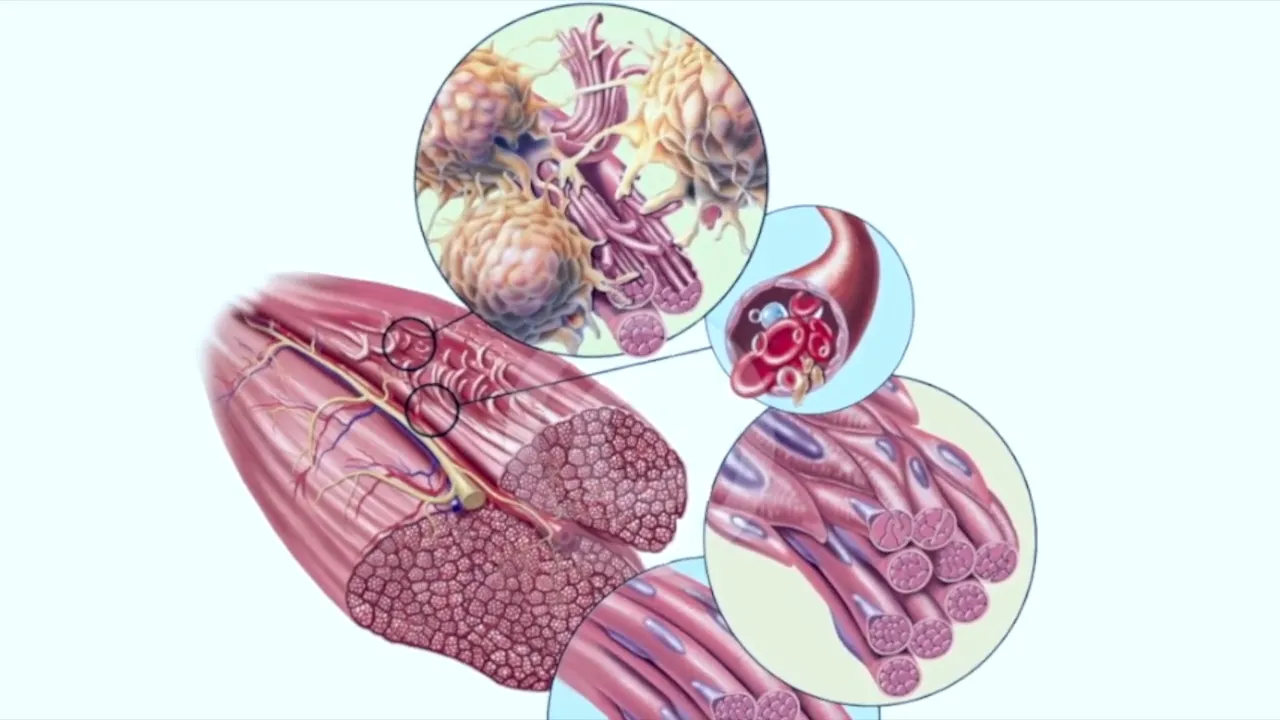
Ice and Nerve-Muscle Communication
Another critical downside of icing relates to the way it dampens communication between nerves and muscles. While this is great for numbing pain, it has a significant drawback: it inhibits muscle activation.
Why does muscle activation matter? Because muscle movement is essential for lymphatic drainage—the process that removes waste products and excess fluid from the injured area. Without proper drainage, waste and toxins accumulate, which can worsen swelling and delay healing.
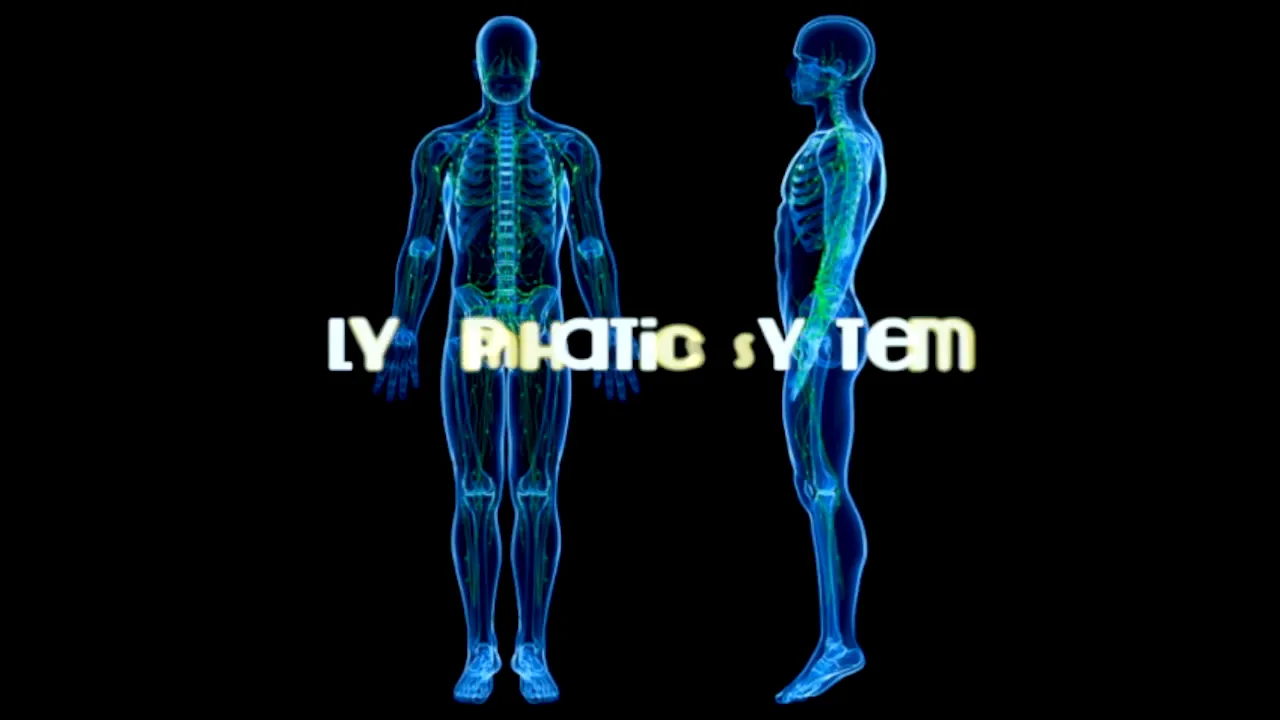
Ice Can Reverse Lymphatic Flow
Even more concerning, some studies show that ice doesn’t just stop lymphatic drainage—it can reverse the flow, pushing waste back into the injured tissue. Imagine a drain that not only clogs but forces dirty water back into your sink. That’s exactly what happens when you ice an injury excessively or improperly.
This reversal increases swelling and inflammation, counteracting the very purpose many people believe ice serves.
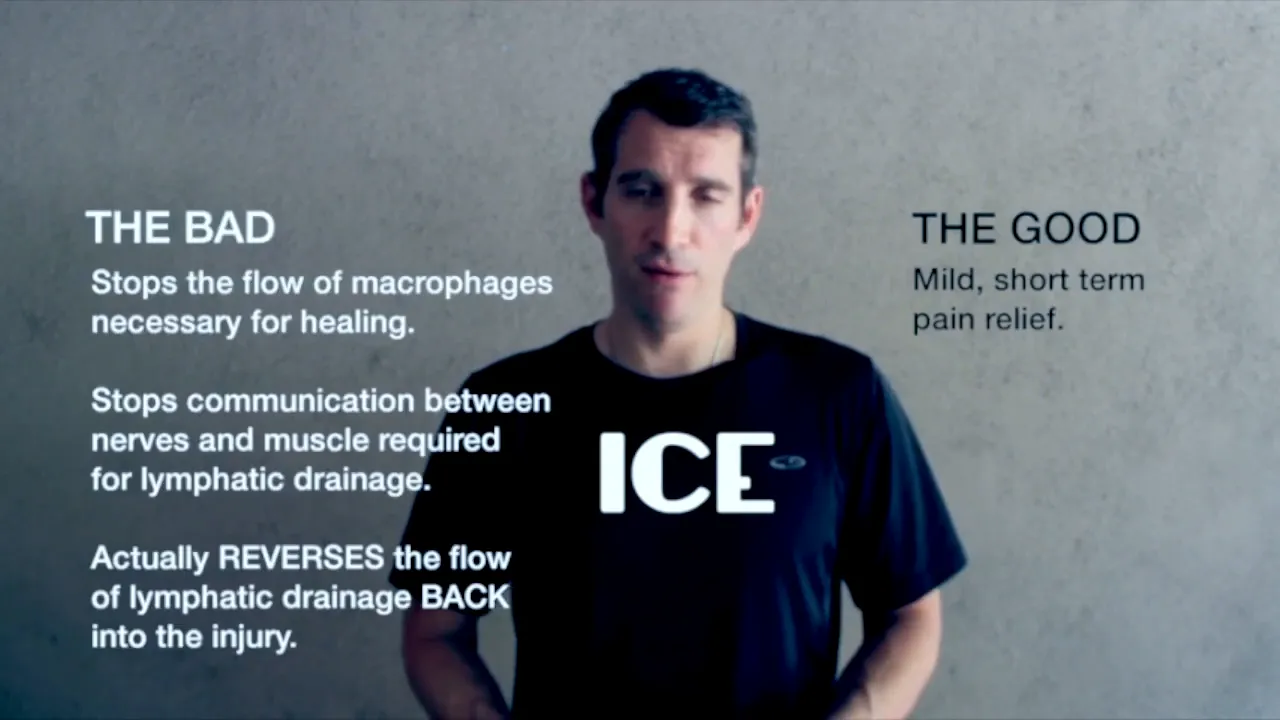
Rest: The Other Half of the Equation
Let’s shift gears and talk about rest. I want to be clear: rest is absolutely important after an injury. You cannot simply ignore the need to protect the injured ankle and avoid further damage. However, what I’m against is pure rest—meaning just sitting or lying around without moving the joint at all.
Why is pure rest problematic? Because, as mentioned earlier, lymphatic drainage requires muscle activation. If you keep your ankle completely immobilized and avoid any movement, you’re preventing the lymphatic system from doing its job properly.
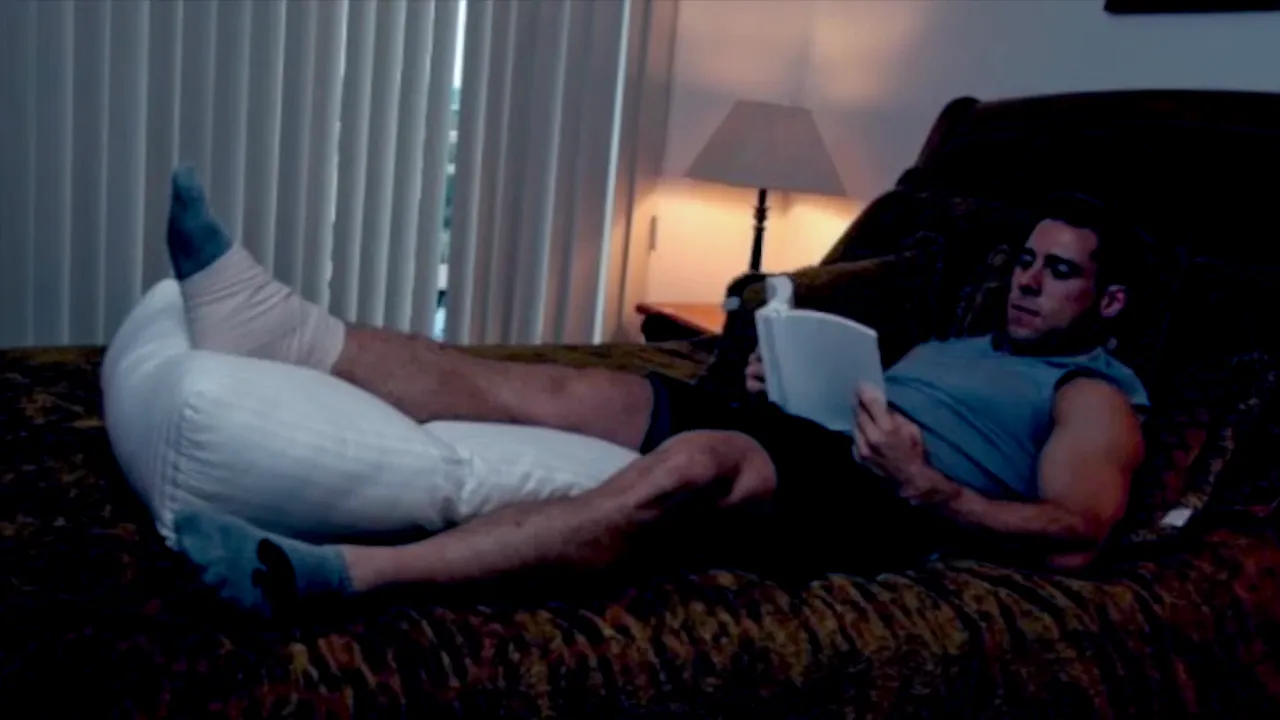
Why Movement Matters in Recovery
Movement doesn’t mean pushing your ankle to the point of pain or engaging in intense exercise. Rather, it means safe, gentle, and specific stretches and exercises that promote circulation and lymphatic drainage. These movements help flush out waste, bring in fresh blood with nutrients, and support the repair and remodeling phases of healing.
Without this controlled movement, you risk prolonged swelling, stiffness, and weakness, which can all contribute to a longer recovery timeline.
The Right Way to Heal a Sprained Ankle
So, if ice and pure rest aren’t ideal, what should you do to heal a sprained ankle effectively? The key lies in a balanced rehabilitation approach that respects the body’s natural healing process and supports it through targeted actions.
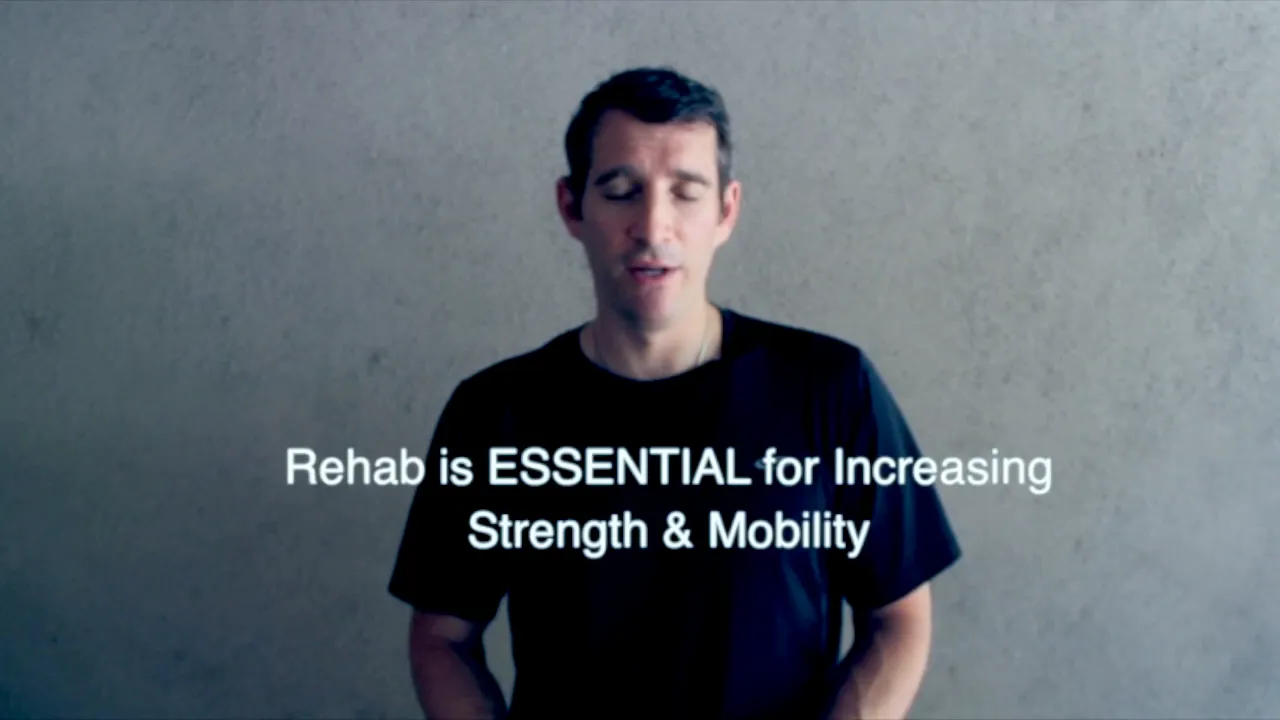
1. Support the Inflammatory Phase
Allow your body to go through the inflammatory phase naturally. This means avoiding interventions like ice that block immune cell activity. Instead, focus on protecting the ankle from further injury but don’t try to suppress the swelling immediately unless it’s causing severe pain or dysfunction.
2. Promote Lymphatic Drainage and Circulation
Engage in gentle ankle movements and stretches as soon as it’s safe to do so. These exercises should be pain-free and designed to activate muscles gently. This movement helps the lymphatic system clear out waste and bring in healing nutrients.
3. Strengthen and Remodel
As the repair phase progresses, begin to work on restoring range of motion, strength, and stability. This rehab stage is crucial to prevent chronic weakness or instability, which can lead to re-injury. Safe, progressive exercises tailored to your injury’s severity will help remodel tissues and return your ankle to full function.
This approach is the foundation of my Healing and Exercise Method (HEM), which I developed because I know that proper rehab—not just rest and ice—is the best way to heal injuries efficiently and thoroughly.
Frequently Asked Questions About Ice and Sprained Ankles
Is it ever okay to use ice on a sprained ankle?
Ice can be used for short-term pain relief, especially immediately after injury if pain is severe. However, use it sparingly and avoid prolonged icing that could interfere with the body’s healing process. The goal is to manage pain without hindering inflammation and immune response.
Why do so many people still recommend rest and ice?
Rest and ice became popular because they are easy, inexpensive, and provide immediate pain relief. The practice originated in sports medicine in the 1960s. Despite new research, habits and traditional advice persist because they are ingrained in the culture of injury management.
What should I do instead of icing my sprained ankle?
Focus on protecting the ankle initially, then start gentle movement and exercises to promote lymphatic drainage and healing. Avoid prolonged immobilization. Use compression and elevation as needed but prioritize safe rehab exercises to restore function.
How soon should I start moving my ankle after a sprain?
As soon as pain allows and your healthcare provider agrees, begin gentle, controlled movements. Early movement supports drainage and healing but avoid pushing into pain or risking further injury.
Can resting too much delay healing?
Yes, pure rest without movement can lead to stiffness, weakness, and poor lymphatic drainage, all of which can delay recovery and increase the risk of chronic issues.
Conclusion: Rethinking Ice Sprained Ankle Treatment
The old-school advice to rest and ice a sprained ankle is deeply embedded in our culture, but it’s time to rethink this approach. While ice provides short-term pain relief, it disrupts the body’s natural healing phases by blocking immune cell activity, inhibiting muscle activation, and reversing lymphatic drainage. Similarly, pure rest without movement can hinder recovery by preventing essential drainage and rehabilitation processes.
Healing a sprained ankle effectively requires respecting the body’s brilliant natural healing system and supporting it with the right balance of protection, gentle movement, and progressive rehab exercises. By moving away from the outdated “rest and ice” model and embracing evidence-based rehab methods, you can recover faster, reduce pain, and regain full function more reliably.
If you want to learn more about safe and effective rehab exercises and how to heal your body in three easy steps at home, check out the resources and programs designed to help you recover smarter and stronger.
Learn More about HEM Ankle Rehab
Heal any new or old ankle injury fast and eliminate chronic pain. Starts working instantly. Extremely safe & effective. Just follow the step-by-step videos at home.
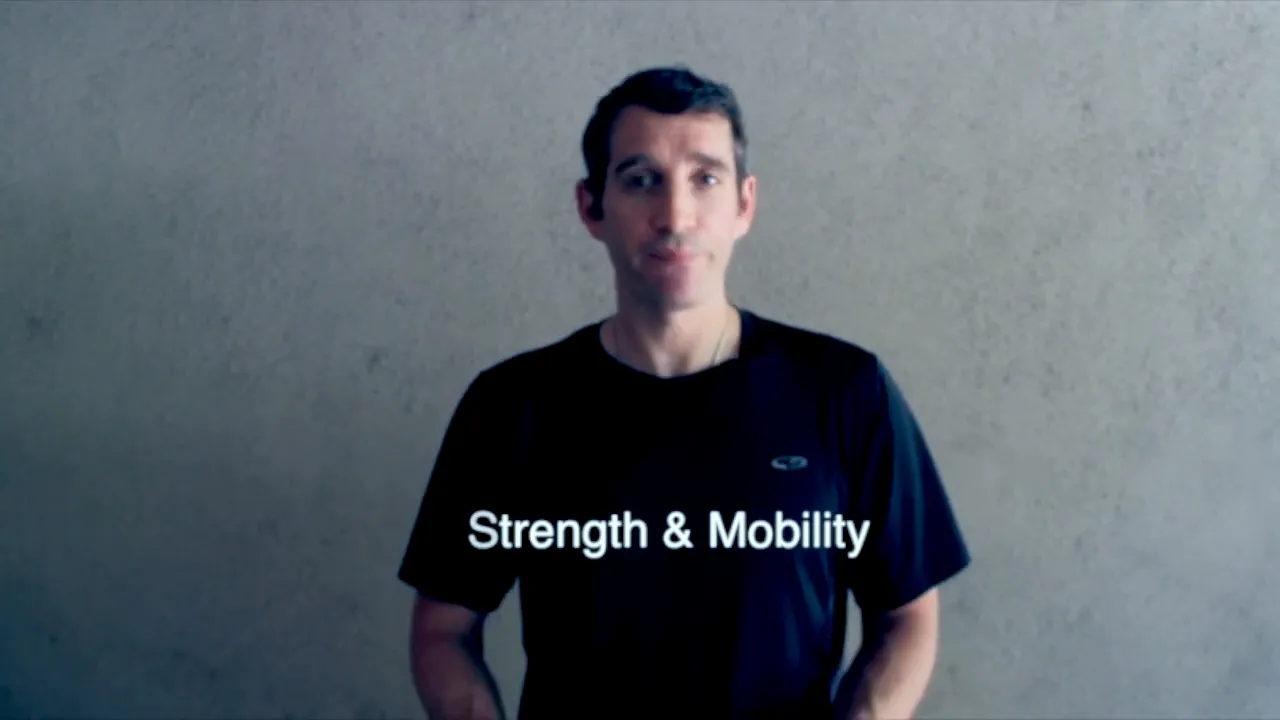
Secret of the Pros
Everything You Need To Heal At Home
So, Why Rehab?
Most people think rest and ice will heal their ankle (even a severe sprain), but they end up with chronic ankle instability… 30% still have pain one year later!
And that causes all kinds of muscle imbalances in the body, which can lead more serious injuries, repeated ankle sprains and chronic ankle pain. It’s a terrible domino effect that can last for life.
That’s Where Rehab Comes In.
A great rehab program significantly improves how a sprained ankle heals. It eliminates pain fast and ensures your ankles are strong and stable with healthy range of motion, which helps prevent future sprains.
Rehab Is The Key To
Healing Ankle Injuries Fast
Recent studies have shown that rehab heals ankle ligaments safely and effectively. It’s the difference between the people that don’t heal a sprained ankle and the ones that do!
Injured Ankle
Without Rehab
Injured Ankle
With Rehab
HEM Ankle Rehab “Rehabs” Your Ankle

HEM is a complete ankle rehab and prehab program for the entire ankle, foot and calf complex. This is a very thorough program that contains so much more than anything else you can find online, but it’s still easy to do.
Scott will coach you through every step, as if you are with him, one on one. Just follow along with the videos to rebuild your ankle from the ground up.
You can expect pain free mobility and strong, stable ankles that are protected from an ankle sprain, without ankle braces!
REAL PEOPLE, REAL RESULTS
From Scott Malin, NASM-CPT, CES
Creator, HEM Ankle Rehab
October 15, 2025
Fifteen years ago, I had to give up what I love doing most… playing basketball. I sprained my ankles so many times that I could no longer play. It was devastating.
Like you, I used R.I.C.E. (rest, ice elevation, compression), but my ankles healed so slowly and badly, they eventually got so weak, I would sprain them just walking down the street!
Being a fitness trainer, the only thing I had going for me was a fascination with helping people get out of pain and strengthening their bodies.
So, I decided to research all the cutting edge techniques to heal an ankle sprain much faster and better than R.I.C.E.
After months of research, I discovered that icing an injury can have a negative affect on the body’s healing process. Studies show that ice can actually slow down healing and too much rest left the ankles weak and unstable. This was shocking, but only part of the story…
New research was suggesting a much more proactive approach to healing that involved much better rehab techniques proven to dramatically speed up the speed and quality of the healing process.
Instead of months, healing took only days. And, if you had a chronically weak ankle that was in pain, these techniques would quickly strengthen and stabilize the ankles.
I kept improving on these techniques, drawing from many different disciplines and simplified them.
Eventually, after many more months of trial and error, I created a simple at-home healing system with very reliable results.
Since I was a fitness trainer, I was able to help all my clients (celebrities and athletes) whenever they got injured. I was even on the news a few times.
The response from my clients and friends was so overwhelming that a few of them eventually convinced me to share it with everyone.
Today, I am humbled that over 100,000 people have healed fully and fast with my program.
So, if you have any kind of ankle injury (new or old), just follow along with me in the videos and I’ll show you exactly what to do until you are completely pain free.
My message is simple… you do not have to give up what you love. And you do not have to live with chronic pain from old injuries. Life is too short and there is a better way!
I truly hope you will start using my program so you can get your life back and do what you love, pain free (and yes, I still play basketball every week and LOVE it!)
Thank you!
Scott
Heal Your Ankle FAST ⇣

30 day money back guarantee
15 YEARS. 100K HEALED.

Secret of the Pros
Everything You Need To Heal At Home
REAL PEOPLE,
REAL RESULTS
So, Why Rehab?
Most people think rest and ice will heal their ankle (even a severe sprain), but they end up with chronic ankle instability… 30% still have pain one year later!
And that causes all kinds of muscle imbalances in the body, which can lead more serious injuries, repeated ankle sprains and chronic ankle pain. It’s a terrible domino effect that can last for life.
That’s Where Rehab Comes In.
A great rehab program significantly improves how a sprained ankle heals. It eliminates pain fast and ensures your ankles are strong and stable with healthy range of motion, which helps prevent future sprains.

Rehab Is The Key To
Healing Ankle Injuries Fast
Recent studies have shown that rehab heals ankle ligaments safely and effectively. It’s the difference between the people that don’t heal a sprained ankle and the ones that do!
Injured Ankle
Without Rehab
Injured Ankle
With Rehab
HEM Ankle Rehab
“Rehabs” Your Ankle

HEM is a complete ankle rehab and prehab program for the entire ankle, foot and calf complex. This is a very thorough program that contains so much more than anything else you can find online, but it’s still easy to do.
Scott will coach you through every step, as if you are with him, one on one. Just follow along with the videos to rebuild your ankle from the ground up.
You can expect pain free mobility and strong, stable ankles that are protected from an ankle sprain, without ankle braces!
100,000 PEOPLE HEALED-
-
-
-
-
-
-
-
-
-
-
-
-
-
-
-
-
-
From Scott Malin, NASM-CPT, CES
Creator, HEM Ankle Rehab
October 15, 2025
Fifteen years ago, I had to give up what I love doing most… playing basketball. I sprained my ankles so many times that I could no longer play. It was devastating.
Like you, I used R.I.C.E. (rest, ice elevation, compression), but my ankles healed so slowly and badly, they eventually got so weak, I would sprain them just walking down the street!
Being a fitness trainer, the only thing I had going for me was a fascination with helping people get out of pain and strengthening their bodies.
So, I decided to research all the cutting edge techniques to heal an ankle sprain much faster and better than R.I.C.E.
After months of research, I discovered that icing an injury can have a negative affect on the body’s healing process. Studies show that ice can actually slow down healing and too much rest left the ankles weak and unstable. This was shocking, but only part of the story…
New research was suggesting a much more proactive approach to healing that involved much better rehab techniques proven to dramatically speed up the speed and quality of the healing process.
Instead of months, healing took only days. And, if you had a chronically weak ankle that was in pain, these techniques would quickly strengthen and stabilize the ankles.
I kept improving on these techniques, drawing from many different disciplines and simplified them.
Eventually, after many more months of trial and error, I created a simple at-home healing system with very reliable results.
Since I was a fitness trainer, I was able to help all my clients (celebrities and athletes) whenever they got injured. I was even on the news a few times.
The response from my clients and friends was so overwhelming that a few of them eventually convinced me to share it with everyone.
Today, I am humbled that over 100,000 people have healed fully and fast with my program.
So, if you have any kind of ankle injury (new or old), just follow along with me in the videos and I’ll show you exactly what to do until you are completely pain free.
My message is simple… you do not have to give up what you love. And you do not have to live with chronic pain from old injuries. Life is too short and there is a better way!
I truly hope you will start using my program so you can get your life back and do what you love, pain free (and yes, I still play basketball every week and LOVE it!)
Thank you!
Scott
Hurry, sale ends soon!
30 day money back guarantee























